Paris’s iconic Eiffel Tower harbors an intriguing secret – a private apartment built solely for the monument’s architect Gustave Eiffel to entertain esteemed guests. This exclusive pied-à-terre at the peak of the world’s tallest building became the envy of France’s elite when revealed. While Eiffel refused to allow anyone to reside there, the apartment’s restoration provides a glimpse into his lofty aerie.
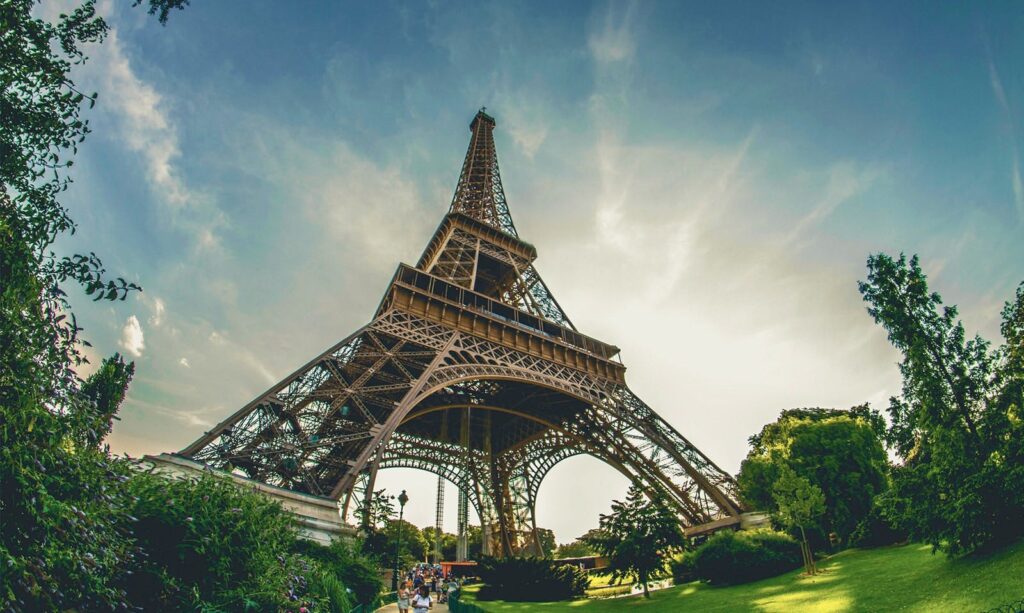
Gustave Eiffel’s Engineering Marvel
When the Eiffel Tower was erected in 1889 as the entrance arch for the World’s Fair, it was the world’s tallest manmade structure at 1,063 feet high. Designed by acclaimed engineer Gustave Eiffel, it was initially controversial for it’s resemblance to a ‘hideous factory chimney,’ but later became synonymous with Paris itself.
Eiffel was already renowned for engineering bridges and railway stations when he conceived of the audacious tower proposal. But the Eiffel Tower cemented his legacy as France’s “master of metal” and an architect at the forefront of the Industrial Age.
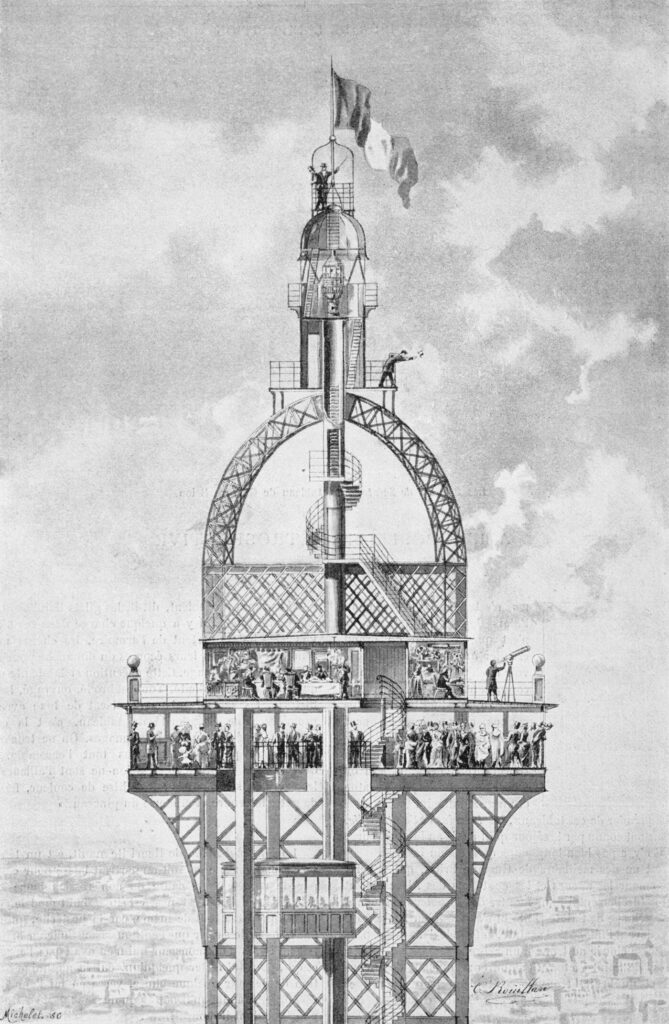
The apartment at the tower’s apex reflects Eiffel’s scientific mindset. It served as his personal laboratory for conducting experiments, preferable to residing there permanently.
Gustave Eiffel’s Secret Appartment
Incorporating a secret apartment into the design also suggests Eiffel’s vision of achieving an unprecedented feat of engineering. At nearly 1,000 feet, his perch far exceeded any luxury residence in Paris. This exclusive space was designed to entertain and delight his guests.
Unlike the industrial girders and platforms of the public tower, Eiffel’s apartment was decorated with wood furnishings, oil paintings, and even a grand piano. The intimate interior evoked domestic life, all hovering in the clouds.
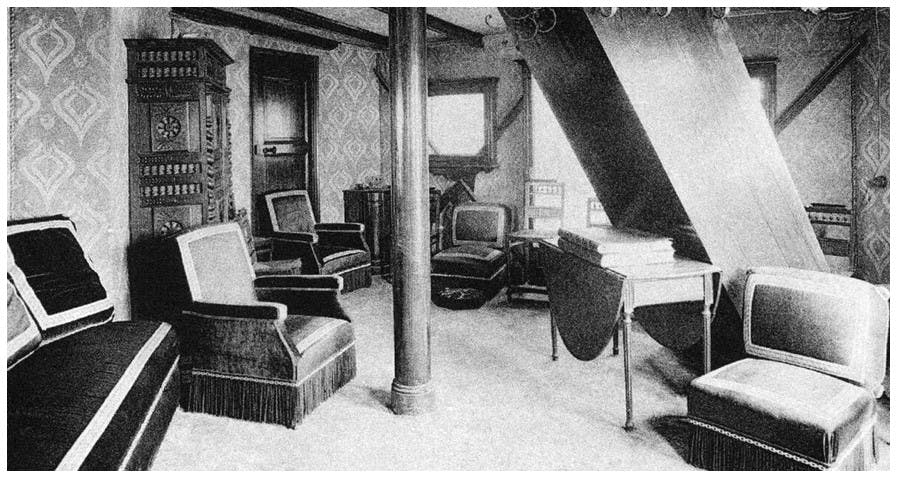
When the apartment’s existence became widely known, Paris’s elite constantly badgered Eiffel to rent it, even for a single night. But he refused all offers, reserving access only for esteemed guests like Thomas Edison. The apartment’s exclusivity and unique vantage fueled public fascination.
Speculation on Eiffel’s Residence
It’s unclear if Eiffel actually resided full-time in the apartment. Some speculate it served more as a comfortable salon for entertainment. The lack of a bedroom seems to confirm the apartment was not meant as a living quarters.
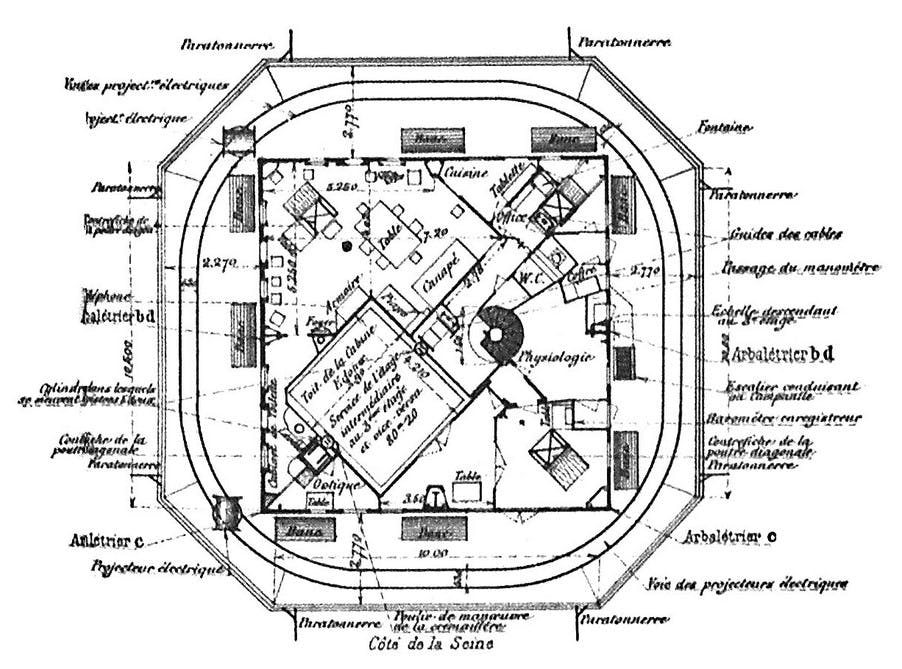
Eiffel reportedly spent a lot of time there conducting meteorological and physics experiments. The apartment’s height provided ideal conditions for studies requiring isolation from disruptive vibrations. Eiffel had a laboratory installed nearby to accommodate his research.
For Eiffel, intellectual pursuits in his lofty aerie took priority over lavish living. But hosting luminaries like Edison also fed his ego by showing off the unparalleled views.
Restored Office Open to Public
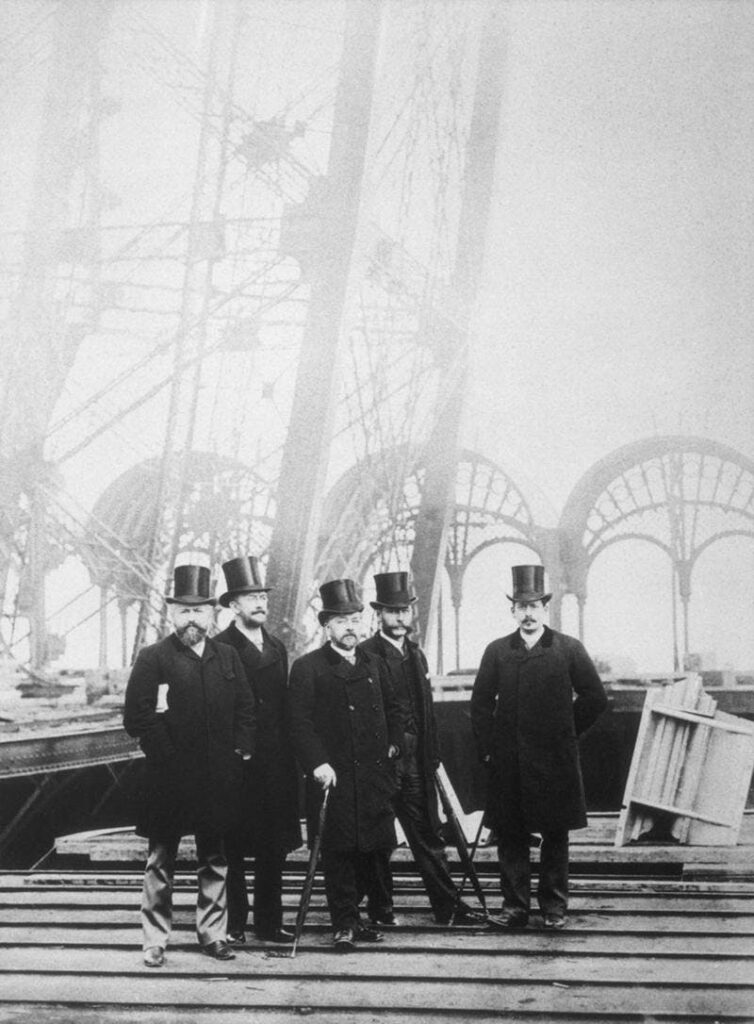
These days, visitors can glimpse Eiffel’s preserved office near the tower’s top, including lifelike wax figures of Eiffel and Edison. While the apartment itself is off limits, the office provides a window into Eiffel’s rarified world.
Seeing the furnishings and personal items humanizes the mythic engineer. The apartment’s warmth contrasts sharply with the cold industrialism of the surrounding tower. Eiffel’s study seems to float in the clouds, suspended between earth and sky.
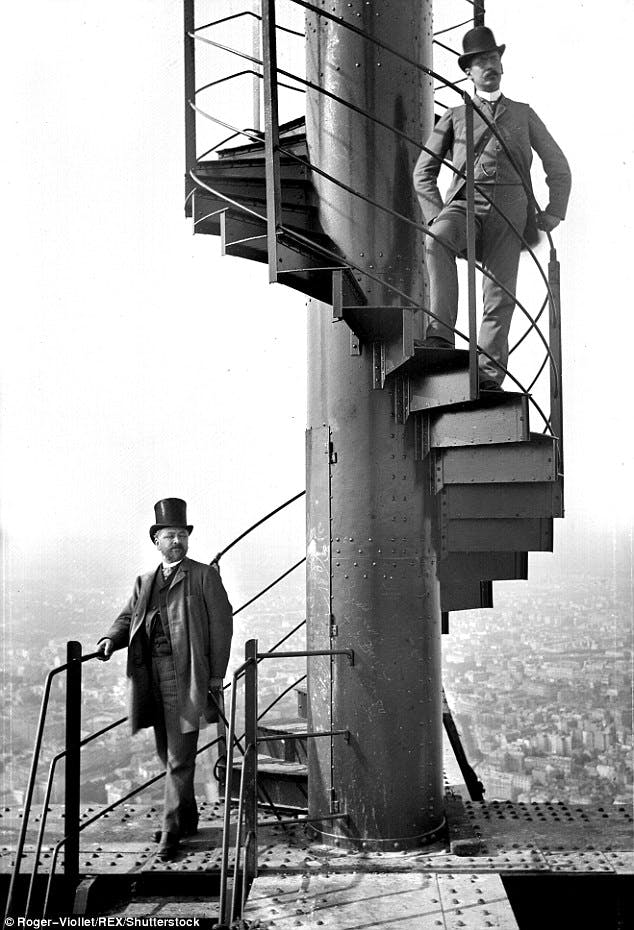
The apartment captures Eiffel’s legacy as both a master builder revering science, and an innovator with flourishes of personality.
Competitions Offer Overnight Stays
While staying in the original apartment is prohibited, occasional contests grant a lucky few the chance to overnight in similar quarters.
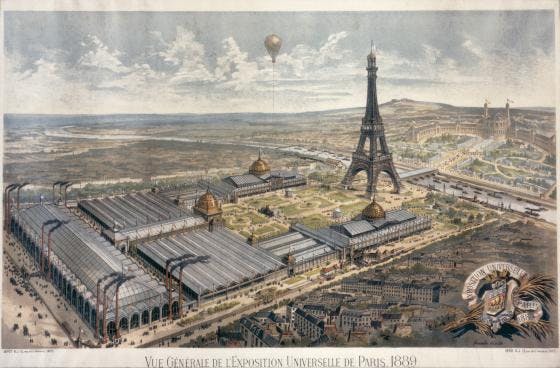
In 2016, HomeAway converted an unused top-floor conference room into a temporary vacation apartment. Four winners got to sleep there during the UEFA Euro soccer tournament, enjoying jaw-dropping vistas of Paris.
But no one can replicate Eiffel’s experience of residing in the same apartment for decades on end, watching the sunrise from his one-of-a-kind penthouse. The apartment remains unique in the world, befitting the audacious engineer who built the landmark it crowns.
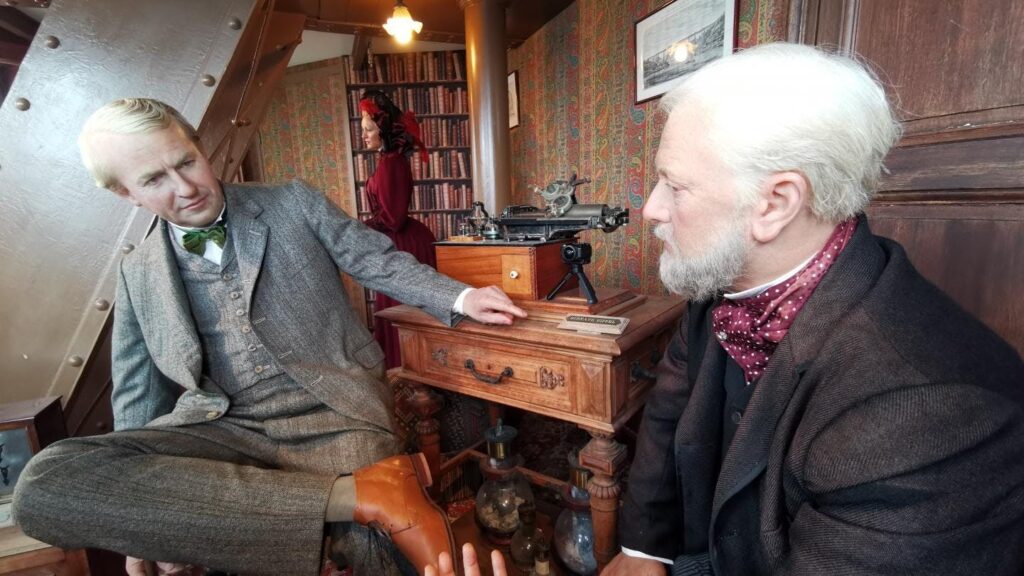

 Additional Fun Facts
Additional Fun Facts
2 year, 2 months & 5 days
This is how long construction of the Eiffel tower took. This was record construction time for a structure of it’s size at the time. The foundation of the tower were laid in a record 5 months.
The color Red
At it’s inauguration on May 31st, 1889 the Eiffel Tower was “Venice Red” in color. Later, it was painted reddish-brown because of the minium (also called “red lead”) often used in paint at the time for its protective qualities for iron. Gustave Eiffel also chose this color to hide future rusting that may occur.
20,000 Lamps
The Eiffel Tower’s sparkling light display uses 20,000 xenon bulbs requiring 120kW of electricity. Originally installed temporarily for the new millennium, the elaborate lighting became permanent in 2003.



